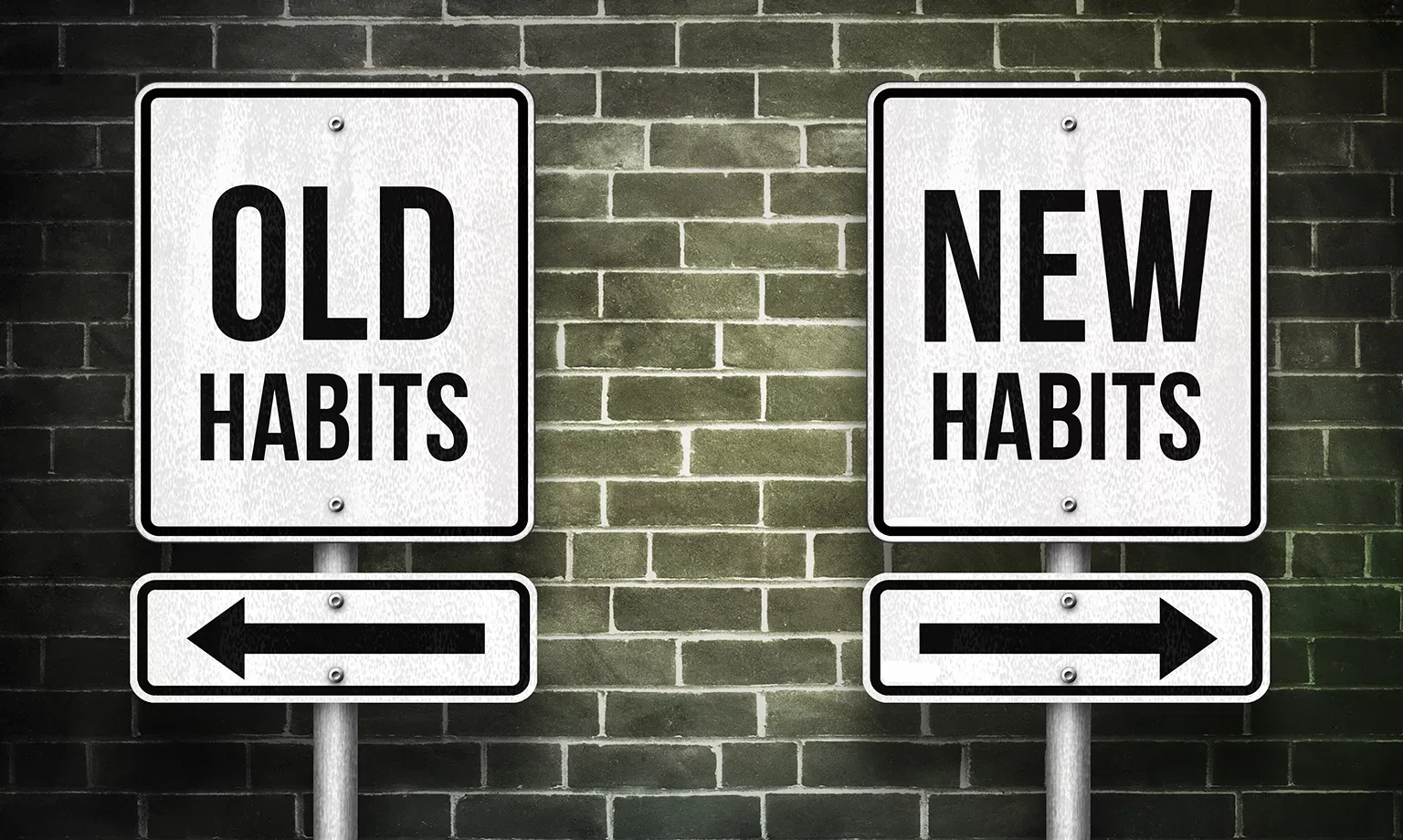We discover how Cognician enables organisations to activate behaviour change at scale, in a discussion with CEOs Patrick and Barry Kayton.
- Firstly, could you tell us about the waves of change and why people are struggling with this relentless problem?
- What makes activation a special approach that enables people to continually change?
- In what ways does activation make people in large organisations resilient to change and well prepared to seize opportunities?
- How does Cognician enable large organisations to activate behaviour change at scale?
- What experiences does Cognician’s activation framework design that make it possible for people to try out new things quickly?
- How is measurable change achieved in a short space of time when these experiences are deployed through your platform?
- How do your framework of catalysts and tactics get audiences to shift mindsets and behaviours, and take new actions quickly in a variety of contexts?
Firstly, could you tell us about the waves of change and why people are struggling with this relentless problem?
Patrick Kayton, CEO, UK and Barry Kayton, CEO, US (PK/BK): Tech innovations have been accelerating the pace of organisational change since the late 2000s. Smart phones made employees always available everywhere. App marketplaces combined with cheap bandwidth enabled new working practices, which further blurred the lines between work and home. Cloud technologies replaced on-premise software, which sped up the pace at which a range of business processes could function.
All of this may have lowered costs and increased efficiency but these changes also created a shift from routine manual work to non-routine knowledge work. And with this came the demand for organisations to constantly reinvent themselves to stay competitive. This environment of constant change is stressful for people at every level within an organisation and across the supply chain, because no one can take comfort from doing things the way they’ve always been done and everyone is uncertain about what tomorrow brings.
What makes activation a special approach that enables people to continually change?
PK/BK: Activation is about creating experiences that drive people to action, and it’s the cumulative actions of an organisation’s people that enable it to change. This is special because most change frameworks focus on the stages of change management, not on how you get people to change. The approach of Activation is different. We start by thinking about the people at the centre of a transformation. We recognise these people have their own thoughts, feelings and habits, and simply telling them what to do won’t get you very far. You have to start by earning their attention, so you can plug into the power of their intrinsic motivation. Real change has to start from within. Our Activation Framework of eight catalysts is a set of design principles for earning attention, making it easy for people to take new actions, and making it likely and desirable for them to continue behaving in new ways.
In what ways does activation make people in large organisations resilient to change and well prepared to seize opportunities?
PK/BK: Many change practitioners rely on two traditional approaches to enable change. They either run training programmes or communication campaigns. There are at least two limitations to these approaches. Firstly, knowing something doesn’t necessarily mean you’ll do anything differently. And secondly, neither approach is likely to build up the mental models, the motivation, or the muscle required to really change. Training relies on telling and testing. Activation relies on challenging, which leads to change. That is, we give people things to do, which they’re internally motivated to try out, and by doing them they develop the confidence, the desire and the ability to do more.

How does Cognician enable large organisations to activate behaviour change at scale?
PK/BK: Cognician’s platform delivers activation programmes to groups of participants in large organisations. These programmes support individuals and teams to change by enabling:
- Action – Cognician gives people things to do.
- Follow-through support – Cognician helps people get things done through guidance and reminders.
- Reflection – Cognician helps people reflect on what they’ve done, so they can develop forward models for new behaviours.
- Social interaction – Cognician enables participants in programmes to connect with each other by sharing insights that have come about through their actions.
What experiences does Cognician’s activation framework design that make it possible for people to try out new things quickly?
PK/BK: Experiences that enable change are things people want to do, which might be at the edge of their comfort zone. But the effortful nature of the challenge makes it ripe for learning. When we design these experiences, we use the catalysts in our activation framework as guiding principles:
- Meaning – People are more likely to get behind a change they find meaningful.
- Guidance – People are ready to take action when they receive a Goldilocks level of guidance – not too much, not too little.
- Contribution – People are intrinsically motivated to offer contributions based on their unique knowledge, perspective and experience.
- Action – Actions, not information, get people to change.
- Commitment – Commitments are psychological investments, and people want their investments to succeed.
- Connection – By enabling people to connect, you make the experience more rewarding for them and you make it possible to scale your change.
- Reflection – Any action turns into a valuable learning experience when people are guided to reflect.
- Insights – Change at scale is turbo-charged when people share their stories with each other.
How is measurable change achieved in a short space of time when these experiences are deployed through your platform?
PK/BK: It’s simple. We get people to do the things the organisations want them to do. Then we count the number of actions taken that contribute to the desired outcomes. This allows us to derive a measure we call the Activation Index. We also measure the extent to which participants have demonstrated commitment to a change by using natural language processing to analyse their shared insights. This gives us our Commitment Index.
How do your framework of catalysts and tactics get audiences to shift mindsets and behaviours, and take new actions quickly in a variety of contexts?
PK/BK: The catalysts help us to design experiences that are doable and desirable for participants in a change. The specific experiences we design are variations of 48 behavioural tactics – six tactics for each of the eight catalysts.
For example, to leverage the catalyst of commitment, one of our tactics is “Restructure the environment”. An example of this tactic being brought to life is how we used music as a trigger to remind police officers to pick up daily challenges. Our target audience, neighbourhood police officers, associated Olivia Newton John’s Let’s Get Physical with the change programme we were running. So, we played the song during shift changes in stations. As the new shift clocked in and heard the song, it reminded them of their commitment to the change programme, so they pulled out their phones to pick up their daily challenge.

































